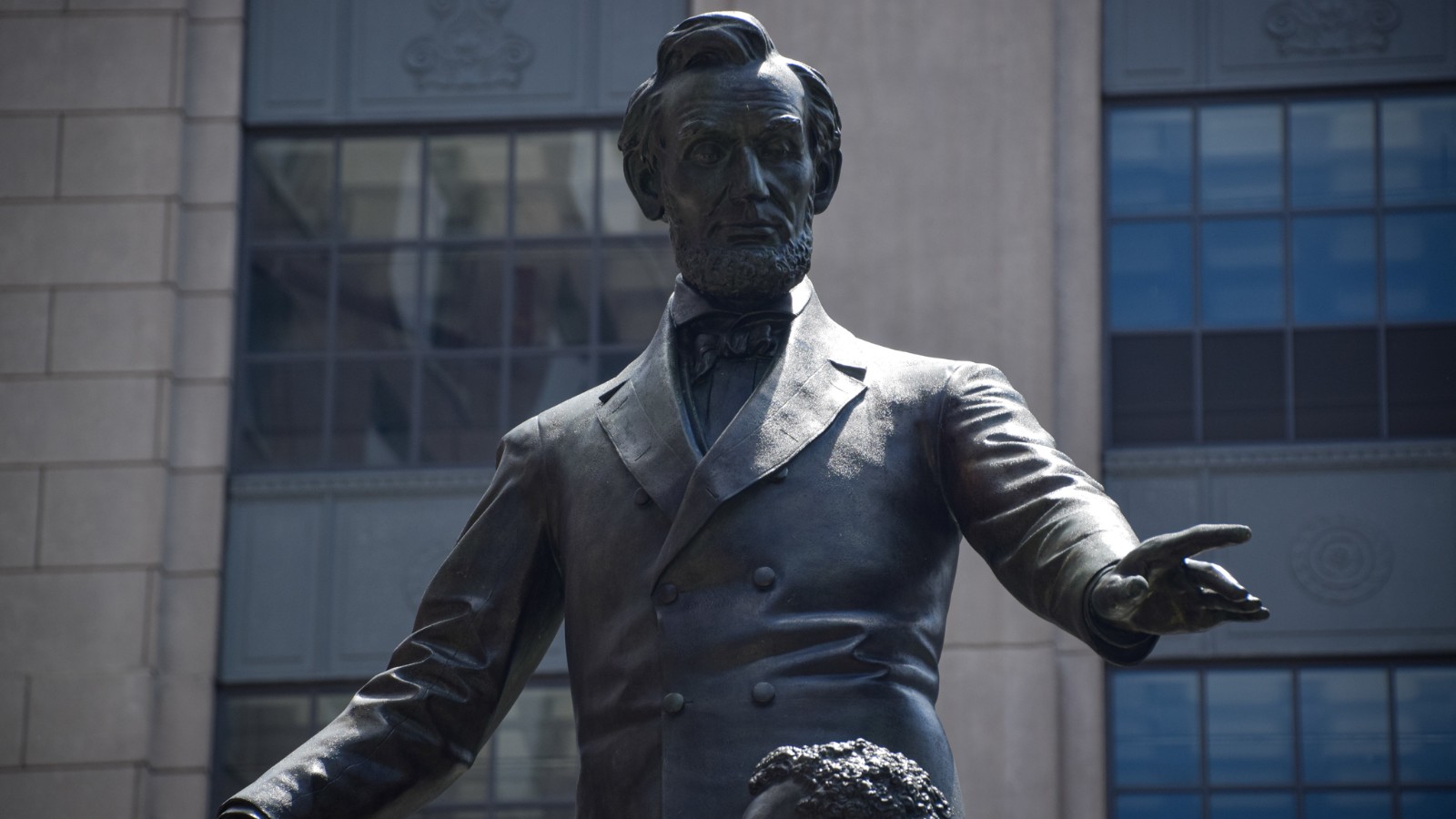September 24, 2020
Thank you all for your support in signing the petition to preserve the Emancipation Memorial!
On July 21, 2020 and again on August 5, the following email was sent to Mayor Walsh, the Boston Art Commission, the Mayor's Office of Arts and Culture, and Governor Baker. The Boston Art Commission responded only with a link to their website on the memorial ().
"I am emailing you on behalf of myself and those who have signed my petition to preserve the Emancipation Memorial in Boston’s Park Square. You can find the petition with my own historical analysis and comments from signatories of the statue here: . The city of Boston and the public should reconsider given the history of the statue.
The Freedman’s Memorial is not a racist monument, but rather, it is a statue that represents one of the important moments in the nation’s history: emancipation—the liberation of the slaves. The man is shown straining his own muscles to break the chains around his wrists that held him down as President Abraham Lincoln gives his orders to free the slaves.
Frederick Douglass, abolitionist and former slave, describes “the emancipated slave” as “an agent in his own deliverance” in the appendix of the keynote address at the dedication for the original statue in Washington, DC in 1876 (, 19).The freedman, made to represent Archer Alexander, is not kneeling with both knees on the ground, Lincoln is not helping him up, his head is not bowed in subjugation. The freedman is rising to his new freedom.
The original statue in DC’s Lincoln Park, designed by Charlestown, MA native, Thomas Ball, was funded entirely by former slaves and abolitionists. Charlotte Scott, a former slave woman, was so “distressed” by the assassination of Lincoln, she gave five dollars of her wages—a large sum of money for her—to initiate an effort to build him a memorial. Black soldiers from the US Colored Troops in Natchez, MS contributed some of their pay as well. Douglass speaks of the “grain of mustard seed, contributed by Charlotte Scott in gratitude to her deliverer” to fund the memorial for the “honored” and “loved” Lincoln: “It was this five dollars that was the foundation of this beautiful and appropriate memorial which we now see before us” (18).
The online petition by Tory Bullock that started this process fails to cite any of this history. Bullock’s petition is based on his own negative feelings towards the statue rooted in his childhood. From the city’s webpage, the decision to remove the statue was ultimately based on a survey that garnered only 645 responses. The results of the survey have gone unpublished. Qualitative surveys with low response rates are often skewed. The respondents usually have something to say, usually negative. I cannot help but wonder how many who argued for—and how many who voted for—the removal of this statue were informed of its history.
The signatures I have garnered for my opposing petition show that by listening only to one man’s video, testimonies from likely uninformed citizens, and an unscientific survey, the city failed to take every citizen’s opinion into consideration. The blatant disregard for the democratic process from the city’s officials is disappointing and concerning. Not every citizen agrees this memorial should be removed, and not everyone is for tearing down statues in this country.
Why should the negative reaction of Bullock, a rather vocal crowd, and the classified results of a survey with a low response rate deprive the rest of the world and future generations of experiencing this truly beautiful work of art and knowing the fascinating history behind it? Is that not what freedwoman Charlotte Scott wanted?
This statue is a concrete reminder of the past, even if—and especially when—it stirs up emotions. These emotions should be a starting point for conversation, learning, and growth. A starting point for change. Change does not start with destruction; it starts with growth.
Art is a tangible memory of our culture and history—good and bad—and we learn from all of it. Should we remove art, we put ourselves in danger of forgetting history. We should not shirk away from the past because it does not stack up to the standards of today. For society to remain strong and progress forward, we need reminders of our sins and virtues. We need history.
To many, the actions taken by the Boston Art Commission feel like an assault on the past, and ironically, an assault on African American history. Former slaves funded the original statue to memorialize a slave rising—not kneeling—with his own strength.
The Freedman’s Memorial symbolizes our nation’s achievements, not the country’s shortcomings. Lincoln fought a war to keep the Union together, and he fought to correct America’s greatest sin. He issued the Emancipation Proclamation to free Confederate slaves and that led to the Thirteenth Amendment that abolished slavery.
The Emancipation Memorial is a memorial to Ms. Scott, Archer Alexander, and every man and woman that was liberated. To remove the statute would be a disgrace to the men and women who fought for freedom in the American Civil War. I implore you to reconsider and to allow this statue to stand."


Write a Reply or Comment
You should or Sign Up account to post comment.